152 Annette Street in the Junction illustrates a church-to-condo conversion process
[Update (Oct. 21, 2013): Victoria Lofts (152 Annette Street) has been awarded a 2013 Toronto Heritage Award, namely an Award of Excellence in the William Greer Architectural Conservation and Craftsmanship award category. The project was commissioned by Rivet Development. Architect is Paul Oberst Architect. Also named in the award announcement are B.J. Brickwork Construction Ltd. and Permatint Ltd. End of update.]
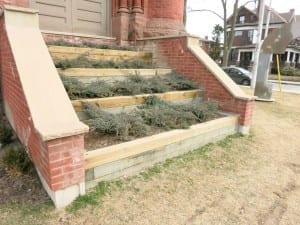
152 Annette Street (Victoria Royce Church). In church-to-condo conversions, sometimes the original entrances are closed off. Jaan Pill photo
A good introduction to the conversion of 152 Annette Street from a church to a condo can be found in an Oct. 24, 2008 document from the Toronto Preservation Board. [Click on the link in the previous sentence to access the document.]
Oct. 24, 2008 report from the Toronto Preservation Board to the Etobicoke York Community Council
The above-noted document focuses upon the approval of alterations to a heritage property, namely 152 Annette Street (Victoria Royce Church), and the intention to designate the property under Part IV, Section 29, of the Ontario Heritage Act.
The document notes that the Toronto Preservation Board recommended to the Etobicoke York Community Council that:
1. City Council state its intention to designate the property at 152 Annette Street (The Victoria Royce Church), under Part IV, Section 29 of the Ontario Heritage Act;
2. If there are no objections to this designation in accordance with Section 29(6) of the Ontario Heritage Act, the solicitor be authorized to introduce the Bill in Council designating the property under Part IV, Section 29 of the Ontario Heritage Act;
3. If there are objections in accordance with Section 29(7) of the Ontario Heritage Act, the Clerk be directed to refer the proposed designation to the Conservation Review Board;
4. City Council approve the alterations to the heritage property at 152 Annette Street (Victoria Royce Church), substantially in accordance with the plans and drawings prepared by Paul Oberst Architects, date stamped received by the City Planning Division on September 15, 2008, and the Conservation Plan prepared by Paul Oberst Architects, dated April 22, 2008, on file with the Manager, Heritage Preservation Services, subject to the owner:
a. prior to final site plan approval;
entering into a Heritage Easement Agreement with the City for the protection and long term maintenance of the heritage property at 152 Annette Street, subject to the approved alterations, to the satisfaction of the Manager, Heritage Preservation Services;
submit an addendum to the already filed Conservation Plan to include revised drawings, to the satisfaction of the Manager of Heritage Preservation Services; that provide “blow-up” elevations and sections at 1:50 scale at the following locations for the applicable proposed elements: (1) large triple arch (main) window openings; (2) corner entries at tower; (3) reverse roof dormer feature; (4) tower lancet window/new window; (5) reconstruction plan for school entry; and (6) window specifications for ancillary school building.
b. prior to the issuance of any building permit for 152 Annette Street, including a permit for demolition, excavation and /or shoring of the subject property;
providing a Letter of Credit in a form and an amount satisfactory to the Chief Planner and Executive Director, City Planning Division, to secure the work identified in the Conservation Plan and Addendum referred to in 4.a. above;
providing building permit drawings to the satisfaction of the Manager, Heritage Preservation Services; and
c. prior to the release of the Letter of Credit;
completing the heritage conservation work, satisfactory to the Manager, Heritage Preservation Services;
5. City Council grant authority for the execution of a Heritage Easement Agreement under Section 37 of the Ontario Heritage Act with the owners of the property at 152 Annette Street (Victoria-Royce Church).
[End of excerpt from Oct. 24, 2008 City of Toronto document]
Oct. 23, 2008 report from Director, Policy and Research, City Planning Division to the Toronto Preservation Board / Etobicoke York Community Council
The reason for the designation is outlined in an Oct. 23, 2008 City of Toronto document. [To access the Oct. 23, 2008 document, click on link in previous sentence.]
Following are excerpts from the above-mentioned document [I’ve left the punctuation and capitalization usage as it is; sometimes sentences end in periods, sometimes not]:
Issue Background
The subject property is located at 152 Annette Street at the northwest corner of Annette and Medland Streets. The subject site is approximately 2600 square metres in total area and contains a church structure, accessory school and a manse.
Victoria Royce Church is a large masonry church building built in 1890 and designed by the architectural firm of Knox and Elliot. The style of the building is Romanesque Revival, a fairly free adaptation of Norman architecture. The design is characterized by robust brick and stone masonry and semi-circular arches at the openings. The property also includes a Sunday school building, with arts and crafts elements, built in 1927, (190 Medland Street), and a Manse (194 Medland Street).
The Victoria Royce Church was placed on the City of Toronto’s Inventory of Heritage Properties by City Council on April 5 and 8, 1983.
Similar to numerous churches throughout the GTA, in recent years the Victoria Royce congregation faced falling membership and rising costs. A decision was made to close the parish. The last service, on June 25, 2006, was attended by approximately 300 people.
Proposal
The project converts the existing historic church and the attached school structure to residential use. The project would also sever the portion of the lot containing the manse structure from the project site for private sale. The adaptive reuse project would add 34 residential units with 22 below grade parking spaces. The new uses would be fully contained within the existing building footprint. The project would add only an approximately 270 square metre one story rooftop penthouse atop the school structure (with appropriate setback) and a sub-grade parking level below the church.
The project would conserve significant architectural elements of the church and ancillary school structure. The conservation objectives for the church are herein stated as:
Minimal intervention in the masonry of the church building as only eight small new openings are proposed at the tower.
Minimal intervention in the massing of the church building as the project does not change the building envelope of the church structure
Minimal intervention at the roof as disturbance of the roof plane is minimized by the use of discrete reverse roof dormer elements.
Restoration of Masonry
Preservation of smaller leaded windows, large arched openings and exterior light fixtures.
Retention of tower entry features adapted to the new residential use
Revisions to flashing and rain ware to reduce future deterioration of the masonry due to identified sources of water flow and infiltration.
Although the Interior is not part of the reasons for designation, the project would also:
Retain the existing interior hammer beam structure.
Preserve and re-use offsite the stained glass windows, organ and other elements such as pews, grates, etc.
At the ancillary school structure, the project would:
Restore the masonry and retain and repair existing stone elements
Carefully dismantle and then rebuild the Arts and Crafts entrance vestibule according to documentation.
Approximate retention of existing window openings with minor changes due to changed type of use occupancy.
Revitalization both programmatically and physically of the heritage structure is a primary objective of the proposal.
Comments [the report continues]
With regards to church structures, due to high cost of maintenance and upkeep, it is imperative that new uses are found for them so that they continue to provide our communities and residential streetscapes with the layered texture of intact historic and architectural landmarks.
It is recognized that a residential conversion re-contextualizes and changes a church building. In the first instance it removes the interior from shared, quasi-public realm, and divides it into multiple private spaces. Secondly, due to requirements of residential users, modifications of exterior elements may necessitate some intervention in the building’s original fabric.
In general, the proposed development plan represents an excellent example of adaptive reuse and incorporation of a heritage building as the focal point of a development project.
The applicant has worked diligently with HPS staff with regards to numerous minor facets of the proposed project such as fenestration style within the large arched openings, new window openings at the tower, detail of roof dormer surrounds, etc.
Reasons for Designation
Staff is requiring as a condition of approval that the property at 152 Annette Street East be designated under Part IV of the Ontario Heritage Act. The Reasons for Designation are contained in Attachment No.5.
The property at 152 Annette Street is worthy of designation under Part IV, Section 29 of the Ontario Heritage Act for its cultural heritage value, and meets the criteria for municipal designation prescribed by the Province of Ontario. Located on the northwest corner of Annette Street and Medland Avenue, Victoria Royce Presbyterian Church (1892) is an institution of historical importance in the West Toronto community, a well- designed example of the Romanesque Revival style, and a neighbourhood landmark.
The Reasons for Designation are intended to be posted on the City of Toronto’s web site and served on the owner of the property and the Ontario Heritage Trust according to the provisions of the Ontario Heritage Act. The Reasons for Designation include a statement of the cultural heritage value of the property with a description of its heritage attributes.
The proposed project would retain the presence of the structure within the neighbourhood and provide for conservation of the original structure.
The concession to allow the change of use with minor modifications to the building’s exterior fabric will secure the long-term protection of this prominent heritage building at the corner of Annette and Medland Streets.
[End of excerpts from Oct. 23, 2008 City of Toronto document]

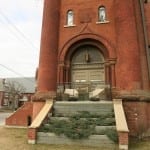
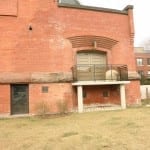
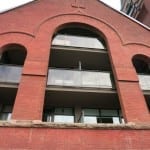
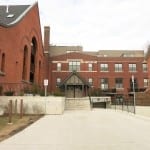
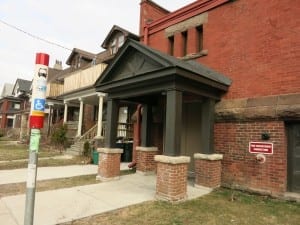
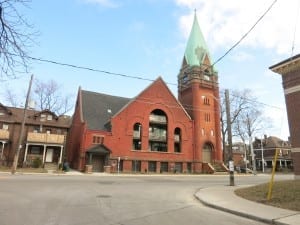
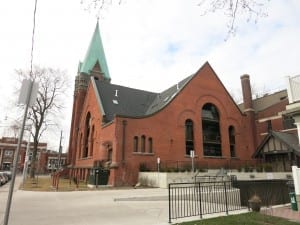
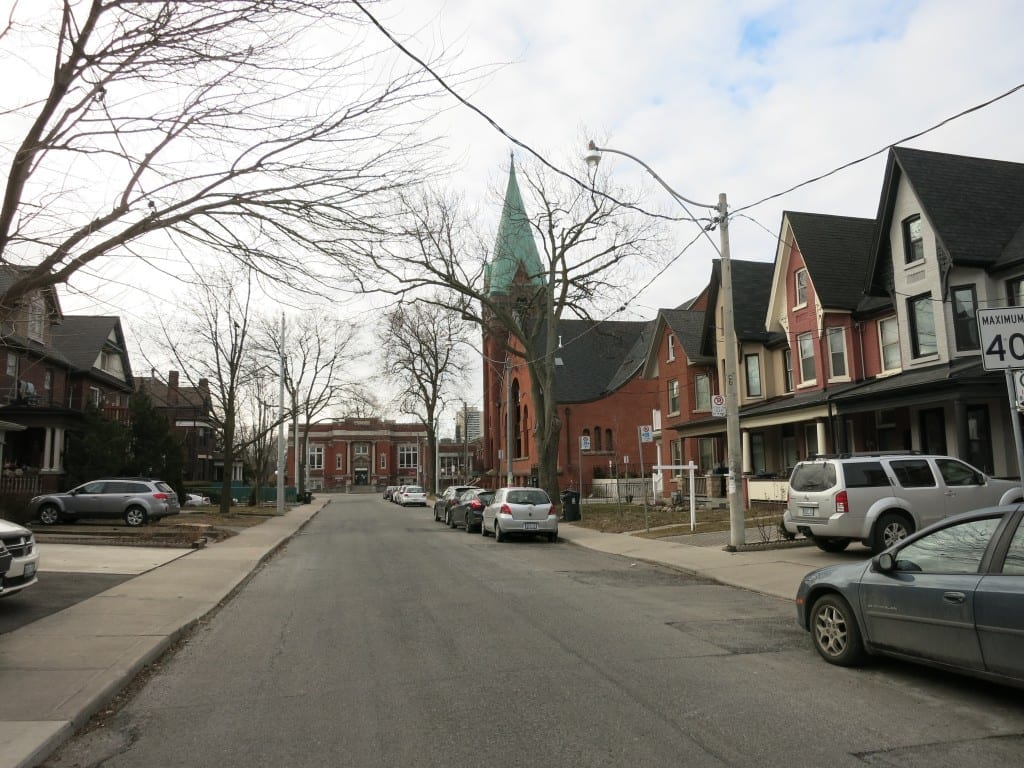
Leave a Reply
Want to join the discussion?Feel free to contribute!